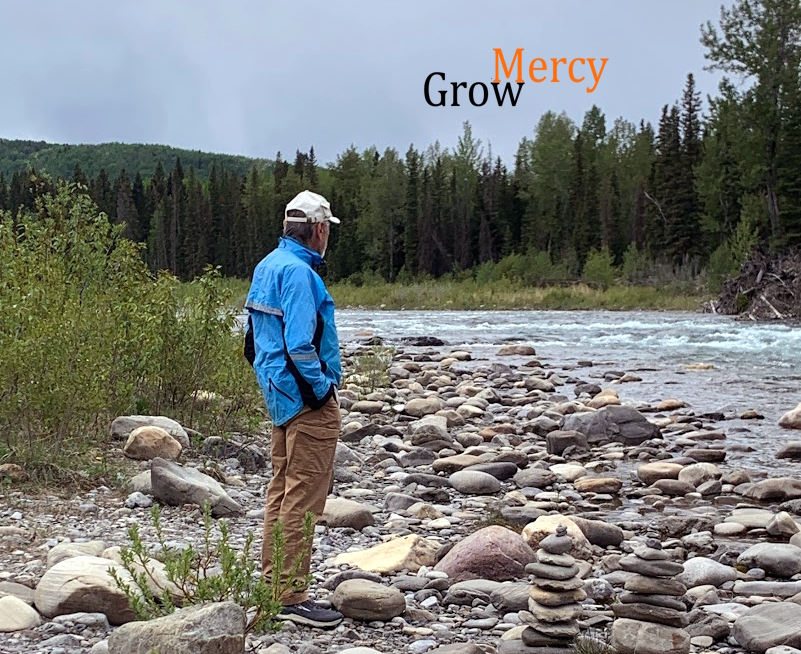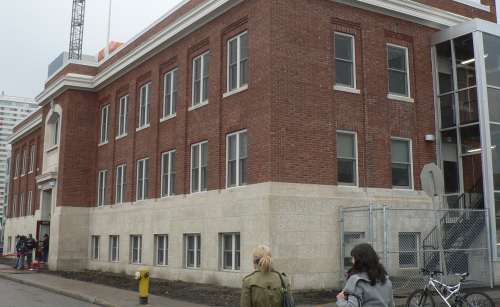If you’ve been following the events around Hope Mission’s application to build social housing units, here’s a letter I had published in today’s Edmonton Journal.
—
There is nothing easy about meeting the challenge of ending homelessness. The recent rejection of Hope Mission’s application to build a 52-suite apartment complex is evidence enough.
The frustrations and the opposition from the residents of Central McDougall are understandable, given that they, and the immediate surrounding communities, shoulder the majority of our city’s social and subsidized housing.
Still, if ending homelessness by 2018 remains our city’s goal, these housing units will need to be built somewhere. Yesterday’s opinion piece in the Journal points out that, “a reasonable compromise between conflicting agendas must be the ultimate objective.”
However, will it always be the case that the concerns of residents of any given community, and the presence of supportive housing, are seen as “conflicting agendas?”
Last year Hope Mission had over 80 men and women come through their recovery programs. Many entered supportive housing, like that of Hope Mission’s 42-suite Immigration Hall, and are thriving.
Certainly, anyone who has worked alongside of people in recovery knows the setbacks and disappointments, but seeing possibility unfold and flourish in the lives of wounded people, witnessing once broken people come together, and care, and hold each other to account, besides being a joy, recalls for us what it means to be human. Is it beyond reason to consider that the neighbourhood that welcomes people who are intent on rebuilding their lives, will not be taken from–but be added to?
Clearly, Hope Mission remains open to better ways of meeting the homelessness challenge. We also know that a significant part of that challenge is helping people overcome misgivings, if not fears, about having people in recovery as neighbours.
A visit to Hope Mission may help. Almost without fail, people who have taken a tour of Hope Mission, observed our recovery communities up close, walked through the beautiful Immigration Hall, talked to the residents who live there–who are proud of their homes–have come away with a new perspective.
It’s reasonable to believe that the presence of a place like Immigration Hall has added not only to the well-being of the inner-city, but of the city as a whole. For anyone interested in seeing supportive social housing close up, please call us.

